The ups and downs of graffiti culture
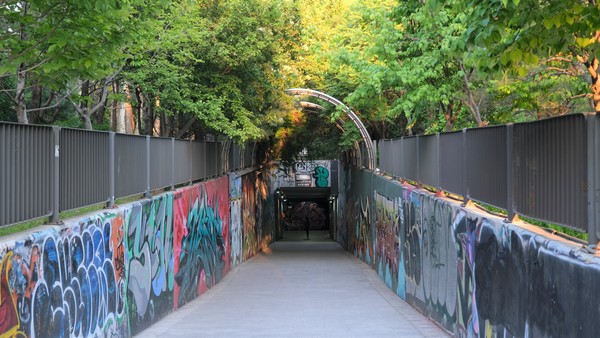
ONCE A marker of the antisocial, street graffiti has frequently been publicly criticized for its relentless damage on public properties. As the world increasingly grapples with complex issues, street graffiti has recently extended its reach to express a new intention: bringing societal issues to the forefront to raise public concern. Pedaling near Han River, one can hardly miss the vivid painted walls located in Ap-gu-jeong Tokkigul[1]. Walking through the famous graffiti tunnel, The Yonsei Annals bumped into street artist Z. Woo and interviewed him to gain insight on street art’s evolution from vandalism to “art,” discussing his own foray into street art.

“I go by the name Z. Woo in the graffiti scene and have been a member of the graffiti street crew Urban Strikers since last year. I am a senior at Konkuk University, majoring in Food Science at the GLOCAL campus, so I spend most of my time in Chung-ju during the semesters, but also work in Busan and Seoul. Street graffiti artists’ genres or styles can differ based on their preferences or intentions for pursuing art, and as of now, my style is mainly letters. This entails basically scribbling letters—words or phrases—instead of drawing movie characters or social figures. Though lettering may relatively lack vividness and color, the point is to reflect your mind in a few words. My work mainly focuses on expressing who I am, my emotions regarding certain societal issues, and inspiration I get from books. Rather than just blankly perceiving what’s in front of them, I want my art to make people reflect and ask themselves all kinds of existential questions when they see it.”
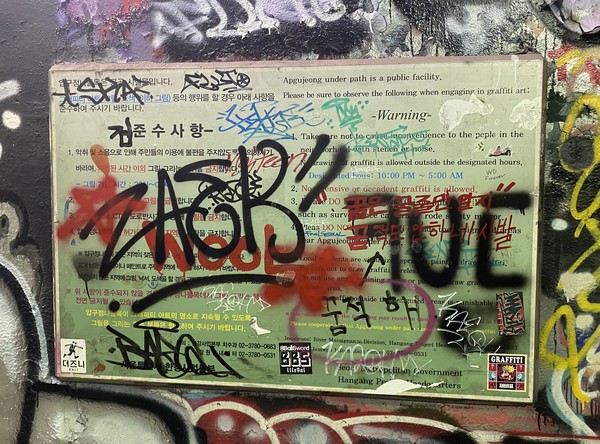
“During my high school years, I happened to read a book about Banksy, an England-based graffiti artist well-known for his outspokenness and merciless satire. I cannot get over the feeling that I had when I first encountered his work. Can you imagine how outrageous it was for an Englishman to make fun of the Queen of England? In a nation where monarchy is still preserved, Banksy’s boldness in using art to publicly rebel against the institution is what got me drawing in the first place.

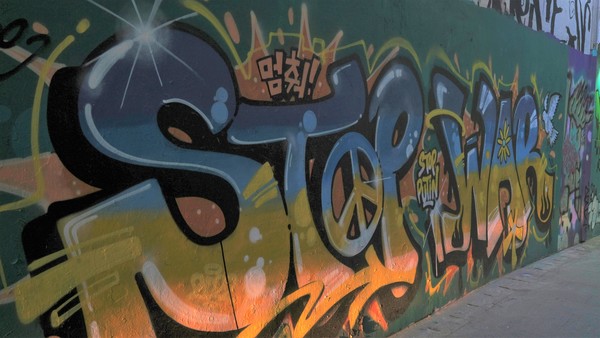
The main charm of street graffiti is that you get to communicate with unknown individuals or groups using merely a wall and your work on it. Pictures—paintings, to be specific—in museums and exhibitions are not accessible to many, and a museum’s spatial limitations inevitably drive the audience to unilaterally read or accept famous critics and curators’ explanations on the artists and understandings of their work. However, street graffiti embraces the diversity of its surroundings, wherever it may be, which opens up the opportunity for me to communicate easily with others and let them create their own interpretation of my art.”
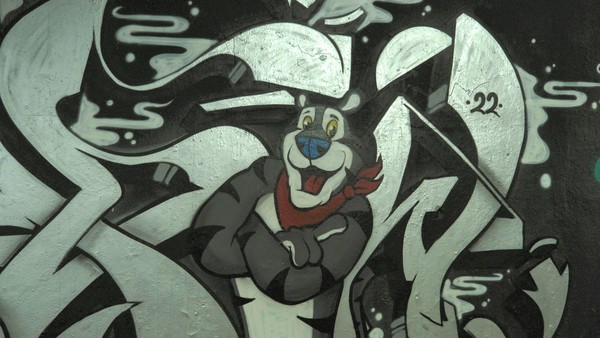
“Most of the graffiti that we are familiar with are examples of ‘bombing,’ which means drawing on walls without permission. From a legal perspective, bombing raises problems since it defaces public properties in an attempt to mock social absurdities with its bold sprays and brushstrokes. This may sometimes give other street graffiti artists a bad name since we are all lumped together in this negative view. However, in the case of spaces like Tokkigul, artists are allowed to draw during designated time periods as well as paint over others’ work.
In Korea, since street graffiti should be done on approved areas, it is inevitable to paint over pre-existing works—unless you intentionally aim to disrespect other artists. If you think that you can create something better than the existing art or if you like a certain spot on the site, you have no choice but to cover up the whole work with paint and then carry on with your own project. I also find my art covered up by other artists’ work after a few weeks or so, but rather than feeling angry, I take it as an opportunity to learn from others’ work. Another important aspect of street art etiquette is that you should take away used spray paint cans and clean up any mess before you leave. Most importantly, however, you must never pretend to claim ownership over another person’s art.”
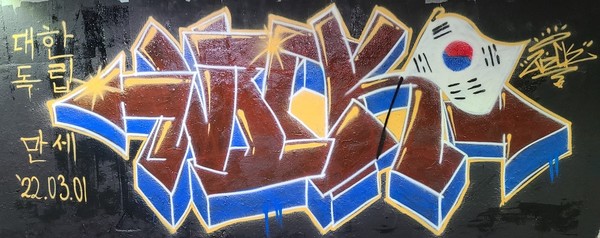
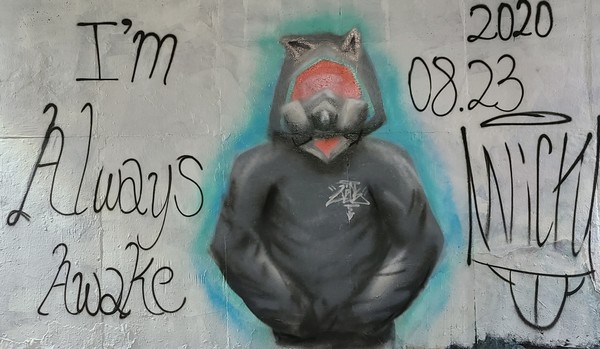
“One’s standard in assessing the value of art and its impact may vary, but I believe that art creates a bond among people, which is why we should keep questioning existing standards of perceiving art and sometimes embrace disputes surrounding interpretations. Banksy never lets us down with his eccentricity, breaking down the boundaries between what society wants from us and what we should pursue. A few years ago, he crushed half of his works into pieces when one of his works was sold at an auction. Some even bought the demolished work for a higher price. Regardless of the monetary value, this case of Banksy subverting our expectations is another reason I was drawn to street graffiti, and I wish to similarly inspire others with my work too.”
[1] Tokkigul: A Korean word that stands for underpass or a tunnel.

